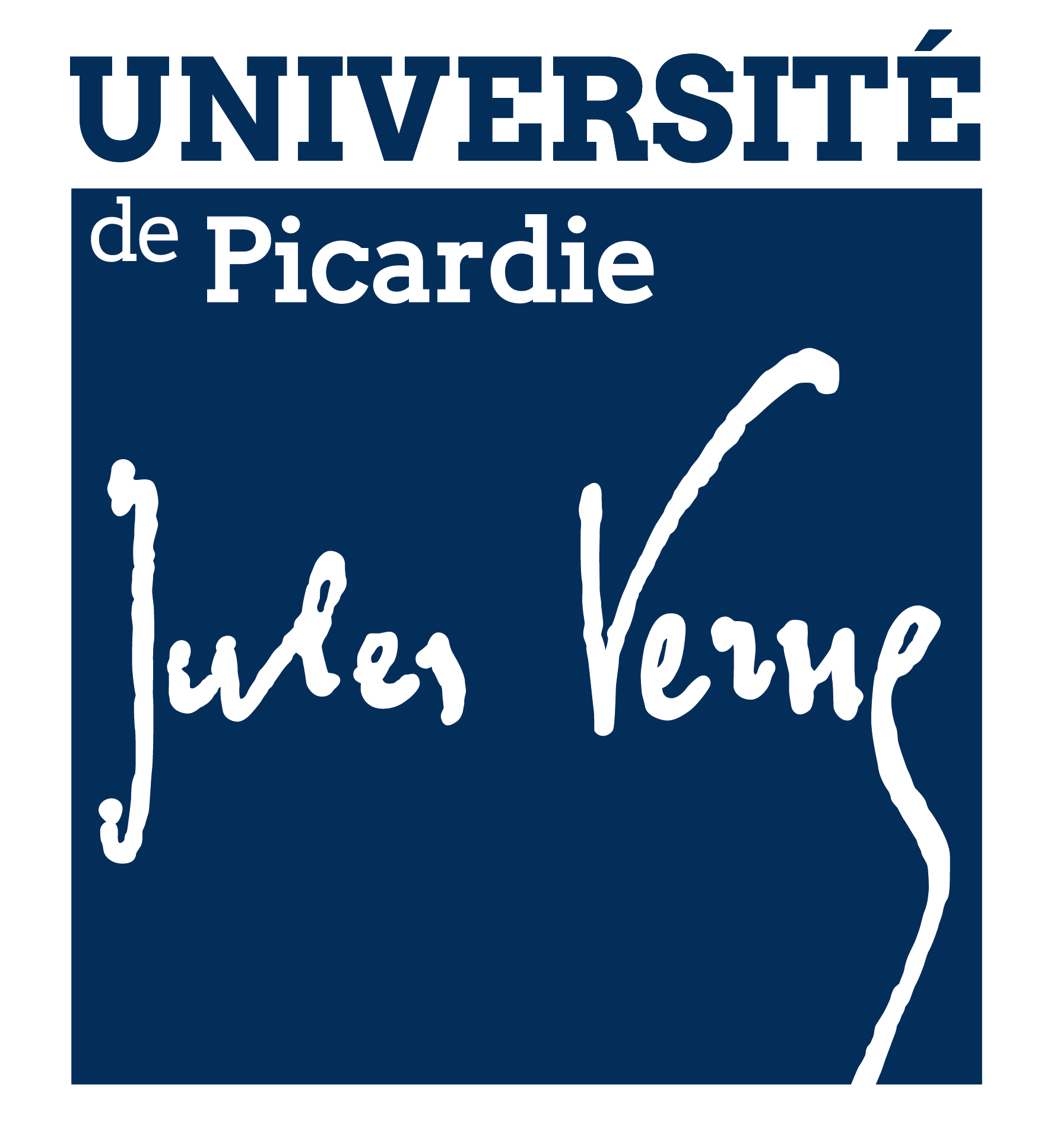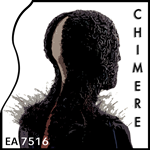Microstructure of the cerebellum and its afferent pathways underpins dystonia in MYC/DYT-SGCE
Résumé
Background and Purpose: Myoclonus dystonia due to a pathogenic variant in SGCE (MYC/DYT‐ SGCE ) is a rare condition involving a motor phenotype associating myoclonus and dystonia. Dysfunction within the networks relying on the cortex, cerebellum, and basal ganglia was presumed to underpin the clinical manifestations. However, the microarchitectural abnormalities within these structures and related pathways are unknown. Here, we investigated the microarchitectural brain abnormalities related to the motor phenotype in MYC/DYT‐ SGCE.
Methods: We used neurite orientation dispersion and density imaging, a multicompartment tissue model of diffusion neuroimaging, to compare microarchitectural neurite organization in MYC/DYT‐ SGCE patients and healthy volunteers (HVs). Neurite density index (NDI), orientation dispersion index (ODI), and isotropic volume fraction (ISOVF) were derived and correlated with the severity of motor symptoms. Fractional anisotropy (FA) and mean diffusivity (MD) derived from the diffusion tensor approach were also analyzed. In addition, we studied the pathways that correlated with motor symptom severity using tractography analysis.
Results: Eighteen MYC/DYT‐ SGCE patients and 24 HVs were analyzed. MYC/DYT‐ SGCE patients showed an increase of ODI and a decrease of FA within their motor cerebellum. More severe dystonia was associated with lower ODI and NDI and higher FA within motor cerebellar cortex, as well as with lower NDI and higher ISOVF and MD within the corticopontocerebellar and spinocerebellar pathways. No association was found between myoclonus severity and diffusion parameters.
Conclusions: In MYC/DYT‐ SGCE , we found microstructural reorganization of the motor cerebellum. Structural change in the cerebellar afferent pathways that relay inputs from the spinal cord and the cerebral cortex were specifically associated with the severity of dystonia.
Methods: We used neurite orientation dispersion and density imaging, a multicompartment tissue model of diffusion neuroimaging, to compare microarchitectural neurite organization in MYC/DYT‐ SGCE patients and healthy volunteers (HVs). Neurite density index (NDI), orientation dispersion index (ODI), and isotropic volume fraction (ISOVF) were derived and correlated with the severity of motor symptoms. Fractional anisotropy (FA) and mean diffusivity (MD) derived from the diffusion tensor approach were also analyzed. In addition, we studied the pathways that correlated with motor symptom severity using tractography analysis.
Results: Eighteen MYC/DYT‐ SGCE patients and 24 HVs were analyzed. MYC/DYT‐ SGCE patients showed an increase of ODI and a decrease of FA within their motor cerebellum. More severe dystonia was associated with lower ODI and NDI and higher FA within motor cerebellar cortex, as well as with lower NDI and higher ISOVF and MD within the corticopontocerebellar and spinocerebellar pathways. No association was found between myoclonus severity and diffusion parameters.
Conclusions: In MYC/DYT‐ SGCE , we found microstructural reorganization of the motor cerebellum. Structural change in the cerebellar afferent pathways that relay inputs from the spinal cord and the cerebral cortex were specifically associated with the severity of dystonia.
Domaines
Sciences du Vivant [q-bio]| Origine | Fichiers produits par l'(les) auteur(s) |
|---|


